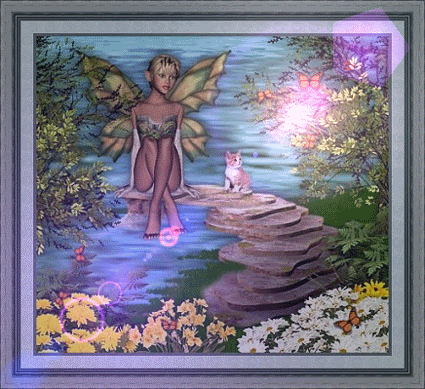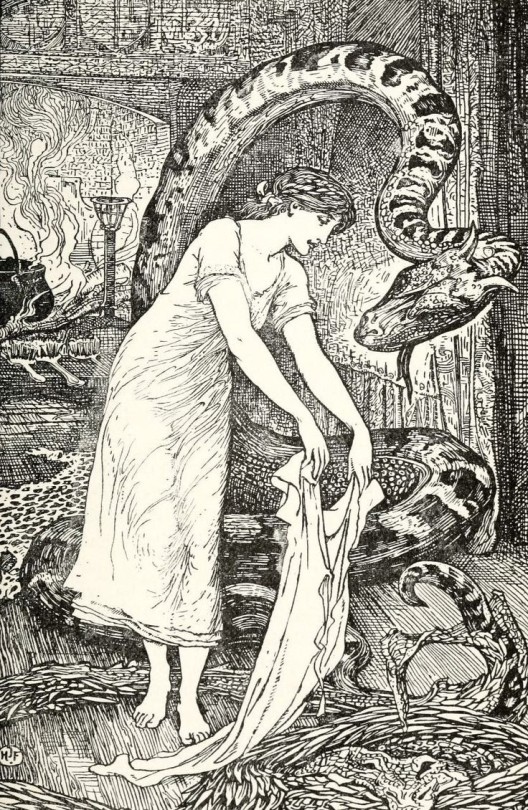Fromhisleftrib - Christian Bale Cult Leader

More Posts from Fromhisleftrib and Others
« Ten days, ten films. Not necessarily your favorites, but the ones that most impressed you, disgusted you, moved you, that changed something inside you. »
Persona (1966) dir. Ingmar Bergman

Andrej Rublev (1966) dir. Andrej Tarkovskij

Parasite (2019) dir. Bong Joon-ho

The End of Evangelion (1997) dir. Hideaki Anno

Citizen Kane (1941) dir. Orson Welles

Irreversible (2002) dir. Gaspar Noé

Cold War (2019) dir. Pavel Pawlikowski

Salò or the 120 days of Sodom (1975) dir. Pier Paolo Pasolini

The Good, the Bad, The Ugly (1966) dir. Sergio Leone

Eraserhead (1977) dir. David Lynch

this is the kind of traditional marriage i'm looking for



If you take requests: Do you have any ideas on what pajamas would look like during that era?
Hi Nonnie!
Just to create a baseline: I generally say that the show's setting is more-or-less equivalent of 1880-ish in our timeline, based on the dresses worn by the extras in the winter fete scene. That being said...
Okay, there is actually not that much to go about sleepwear, but I did look into things, and did find some info:
Sleepwear in general: There wasn't really clothing specifically made for sleeping up until the 19th century, and people would generally sleep in their underwear (which, of course, meant a shift for women and long shirt for men). From the 19th century, you have nightgowns (floor-lenght, for women) and nightshirts (ankle-calf lenght, for men). Originally these were all white (easy to clean), cut with straight lines, with a high neckline, and were mostly unadorned. Later on patterns and colors, as well as adornmenst, such as lace, frills, and bows, became fashionable as well (Alina's nighgown in the show is pretty on-point!"). No underwear/panties were worn under the nightgown/shirt. After taking off the day dress but before bed, a night jacket, a shorter garment meant to be seen by other people, could be worn to protect the wearer from chill. The dressing gown is the longer version--long enough to cover the nightgown--of the night jacket could have also been worn around the house as a kind of loungewear. The male equivalent of the dressing gown was the Persian-inspired, calf-lenght Banyan, which could have been worn around the house over breeches/trousers, shirt, and vest. Well-to-do people, especially women, also tended to wear a nightcap, that protected their hair (often styled only once a week) during the night. Nightcaps were such a luxury item, that they were often bequethed in wills.
As for pajamas specifically: A style adopted from India, the pajama, then known as Mogul's Breeches, originally understood as a pair of loose pants tied at the waist, was briefly popular in the seventeenth century as loungewear. During Victorian times, it could have been worn as such around the house, by men, with a smoking jacket over it. It did not became a designated sleepwear until around 1870, first only for men. Pajamas for women were introduced around 1886, and they were first a combination of pants and a knee-lenght nightgown with some frills and buttons down the front. Modern pajamas became fashionable in 1920s, first for men, then for women, popularized by such designers as Coco Chanel.

Linen nightgown, 1830s

Cotton nightgown, 1860s

Nightgown, 1900-1903

Bed jacket/ night jacket, late 19th century

Dressing gown, 1855

Kimono-inspired dressing gown, 1885

Nightcap, c. 1850

Men's dressing gown/Banyan, 1830

Men's dressing gown, c. 1880










Ceramicorn on Etsy

you are in his dms I am washing his feet with my tears and drying them with my hair

missing person poster gf 🤝 “wanted” poster bf
i just want to be someone’s muse
-
 fox-of-stardust liked this · 7 months ago
fox-of-stardust liked this · 7 months ago -
 throwingmyself2thewind reblogged this · 10 months ago
throwingmyself2thewind reblogged this · 10 months ago -
 throwingmyself2thewind liked this · 10 months ago
throwingmyself2thewind liked this · 10 months ago -
 fairybr4t reblogged this · 10 months ago
fairybr4t reblogged this · 10 months ago -
 hellfairie reblogged this · 10 months ago
hellfairie reblogged this · 10 months ago -
 hellfairie liked this · 10 months ago
hellfairie liked this · 10 months ago -
 stillrainbow reblogged this · 1 year ago
stillrainbow reblogged this · 1 year ago -
 11bailey11 liked this · 1 year ago
11bailey11 liked this · 1 year ago -
 buruburudoggie reblogged this · 1 year ago
buruburudoggie reblogged this · 1 year ago -
 gdawgtreefrog reblogged this · 1 year ago
gdawgtreefrog reblogged this · 1 year ago -
 faeriefool reblogged this · 2 years ago
faeriefool reblogged this · 2 years ago -
 dr4gonslayer liked this · 2 years ago
dr4gonslayer liked this · 2 years ago -
 floweredcorpse liked this · 2 years ago
floweredcorpse liked this · 2 years ago -
 faerie-goddess reblogged this · 3 years ago
faerie-goddess reblogged this · 3 years ago -
 misfortunatelittlemiss reblogged this · 3 years ago
misfortunatelittlemiss reblogged this · 3 years ago -
 shedaphne liked this · 3 years ago
shedaphne liked this · 3 years ago -
 ihatethewaythismakesmefeel liked this · 3 years ago
ihatethewaythismakesmefeel liked this · 3 years ago -
 a1d4wg liked this · 3 years ago
a1d4wg liked this · 3 years ago -
 justmeandtea reblogged this · 3 years ago
justmeandtea reblogged this · 3 years ago -
 666kitten420 liked this · 3 years ago
666kitten420 liked this · 3 years ago -
 sara627 reblogged this · 3 years ago
sara627 reblogged this · 3 years ago -
 sara627 liked this · 3 years ago
sara627 liked this · 3 years ago -
 got-you-where-i-want-you reblogged this · 3 years ago
got-you-where-i-want-you reblogged this · 3 years ago -
 youngboarhead reblogged this · 3 years ago
youngboarhead reblogged this · 3 years ago -
 misszsgrrrr1l111 reblogged this · 3 years ago
misszsgrrrr1l111 reblogged this · 3 years ago -
 misszsgrrrr1l111 liked this · 3 years ago
misszsgrrrr1l111 liked this · 3 years ago -
 cuteelvinaaliciouzzz liked this · 3 years ago
cuteelvinaaliciouzzz liked this · 3 years ago -
 maghoulie reblogged this · 3 years ago
maghoulie reblogged this · 3 years ago -
 bloodyrose3 reblogged this · 3 years ago
bloodyrose3 reblogged this · 3 years ago -
 secretforabuck liked this · 3 years ago
secretforabuck liked this · 3 years ago -
 tvphons reblogged this · 3 years ago
tvphons reblogged this · 3 years ago -
 creaturefruit liked this · 3 years ago
creaturefruit liked this · 3 years ago -
 lake-lady reblogged this · 3 years ago
lake-lady reblogged this · 3 years ago -
 boagf liked this · 3 years ago
boagf liked this · 3 years ago -
 childhoodnotebook reblogged this · 3 years ago
childhoodnotebook reblogged this · 3 years ago -
 vpshot-halos reblogged this · 3 years ago
vpshot-halos reblogged this · 3 years ago -
 thefallisyettocome liked this · 3 years ago
thefallisyettocome liked this · 3 years ago -
 pensah7u7 liked this · 3 years ago
pensah7u7 liked this · 3 years ago -
 shesyourcocaine liked this · 3 years ago
shesyourcocaine liked this · 3 years ago -
 thatdamnokie liked this · 3 years ago
thatdamnokie liked this · 3 years ago -
 fromhisleftrib reblogged this · 3 years ago
fromhisleftrib reblogged this · 3 years ago -
 catladychronicles liked this · 3 years ago
catladychronicles liked this · 3 years ago -
 d4maged-doll liked this · 3 years ago
d4maged-doll liked this · 3 years ago

"The inspiration is a nineties girl with platform shoes who wants to be unhappy"
383 posts